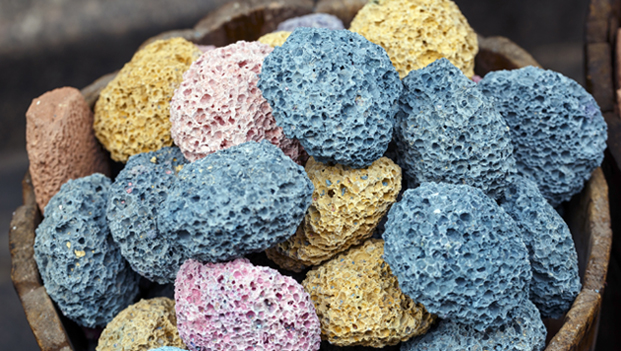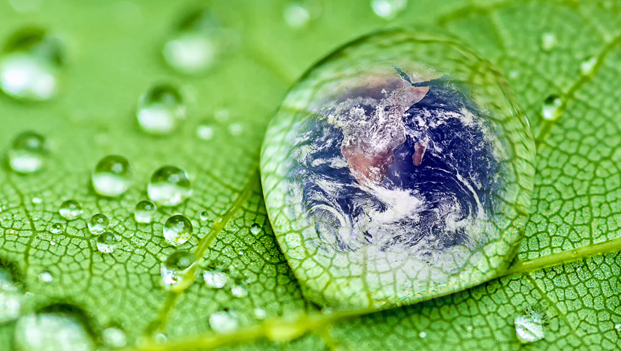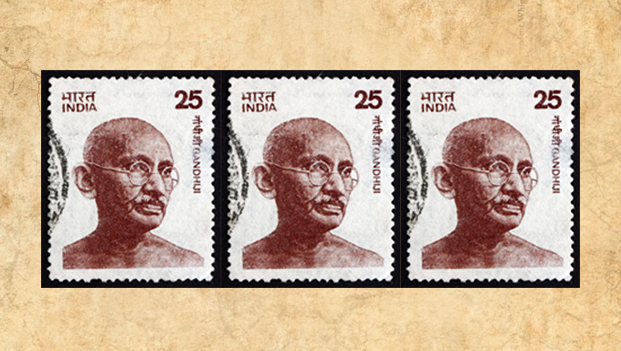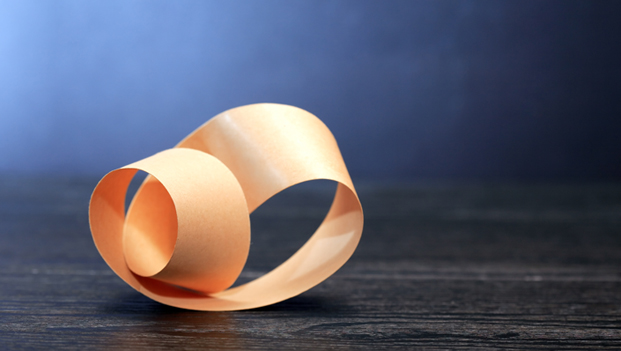8th February 2016
Pumice – The floating rock
Pumice is a volcanic rock which is made from lava. It is a very light rock material filled with gas bubbles. It is produced when lava with a high gas and water content erupts from a volcano and then cools abruptly. During the process, the dissolved water vapours in the lava are suddenly released, resulting in the whole mass swelling up into a froth and solidifying due to abrupt cooling. Pumice is 90 per cent porous and lightweight and is the only kind of rock that can float on water.





